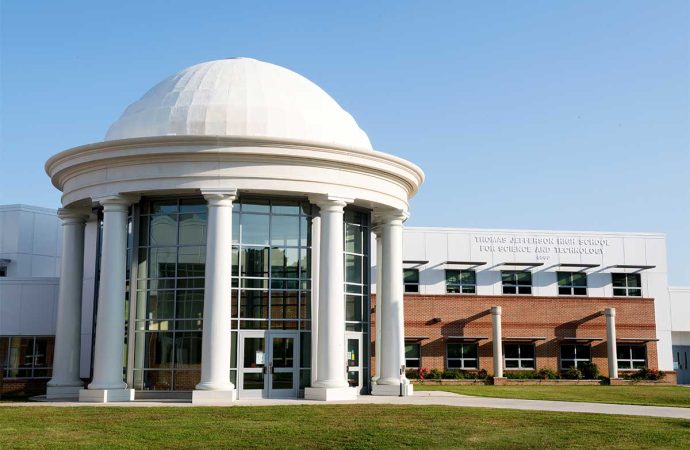Introducing Dr. Anne Peterson Dr. Anne Peterson, a passionate advocate for education equity, has dedicated her career to improving student outcomes. With over 20 years of experience in school administration, Dr. Peterson has witnessed firsthand the transformative impact of community schools. In this article, she delves into the core principles and benefits of this powerful
Introducing Dr. Anne Peterson
Dr. Anne Peterson, a passionate advocate for education equity, has dedicated her career to improving student outcomes. With over 20 years of experience in school administration, Dr. Peterson has witnessed firsthand the transformative impact of community schools. In this article, she delves into the core principles and benefits of this powerful approach to education.
Understanding the Whole Child, Whole Community Model
The traditional classroom model often compartmentalizes learning, focusing primarily on academics. However, the “Whole Child, Whole Community” model takes a holistic approach, recognizing the interconnectedness of a child’s well-being and academic achievement. This framework, championed by the Centers for Disease Control and Prevention (CDC) [1], emphasizes the crucial role of schools as hubs for integrated learning, health, and social supports.
Key Components of the Whole Child, Whole Community Model
| Component | Description |
|---|---|
| Powerful Learning | Rigorous academics coupled with engaging enrichment programs that cater to diverse learning styles. |
| Integrated Health & Social Supports | On-site access to healthcare, mental health services, and resources to address basic needs. |
| Authentic Family & Community Engagement | Building strong partnerships between educators, families, and community organizations. |

Image by: https://www.nashvillesmls.com/
The Power of Collaboration: How Community Schools Work
Community schools function as central hubs where education, health, and social services seamlessly collaborate. This collaborative approach fosters a supportive environment that addresses a child’s diverse needs, both within and beyond the classroom walls.
Benefits of Community Schools
Here’s a comparative table highlighting the key advantages of community schools compared to traditional schools:
| Feature | Traditional School | Community School |
|---|---|---|
| Focus | Primarily academics | Holistic approach to student well-being |
| Resources | Limited on-site resources | Integrated access to health & social services |
| Family & Community Involvement | Lower levels of engagement | Strong partnerships with families & community organizations |
| Student Outcomes | Varied depending on student background | Improved academic performance, social-emotional well-being, and overall development |
Real-World Example: A community school might offer after-school programs that combine STEM education with healthy meal options, addressing both academic and nutritional needs. Additionally, on-site social workers can provide support to families facing challenges, promoting a stable learning environment for students.
Building a Thriving Community School: A Guide for Educators & Advocates
Creating a thriving community school requires a collaborative effort. Here are some key steps to get you started:
- Conduct a needs assessment: Identify the specific needs and challenges faced by your students and community.
- Form a community school leadership team: Bring together educators, families, community members, and service providers to develop a shared vision and plan.
- Secure funding and resources: Explore grant opportunities, partnerships with local organizations, and fundraising initiatives.
- Develop a comprehensive plan: Outline goals, strategies, and evaluation methods for your community school initiative.
- Promote awareness and build partnerships: Engage your school community and cultivate strong relationships with local organizations.
Conclusion: Investing in Our Future
Community schools represent a powerful investment in the future of our children and communities. By fostering a holistic approach to education, these schools create a nurturing environment where every child can thrive. If you’re an educator, social worker, or community leader passionate about student success, consider becoming an advocate for the Whole Child, Whole Community model. Together, we can unlock the potential within every child and build stronger, healthier communities for generations to come.
















